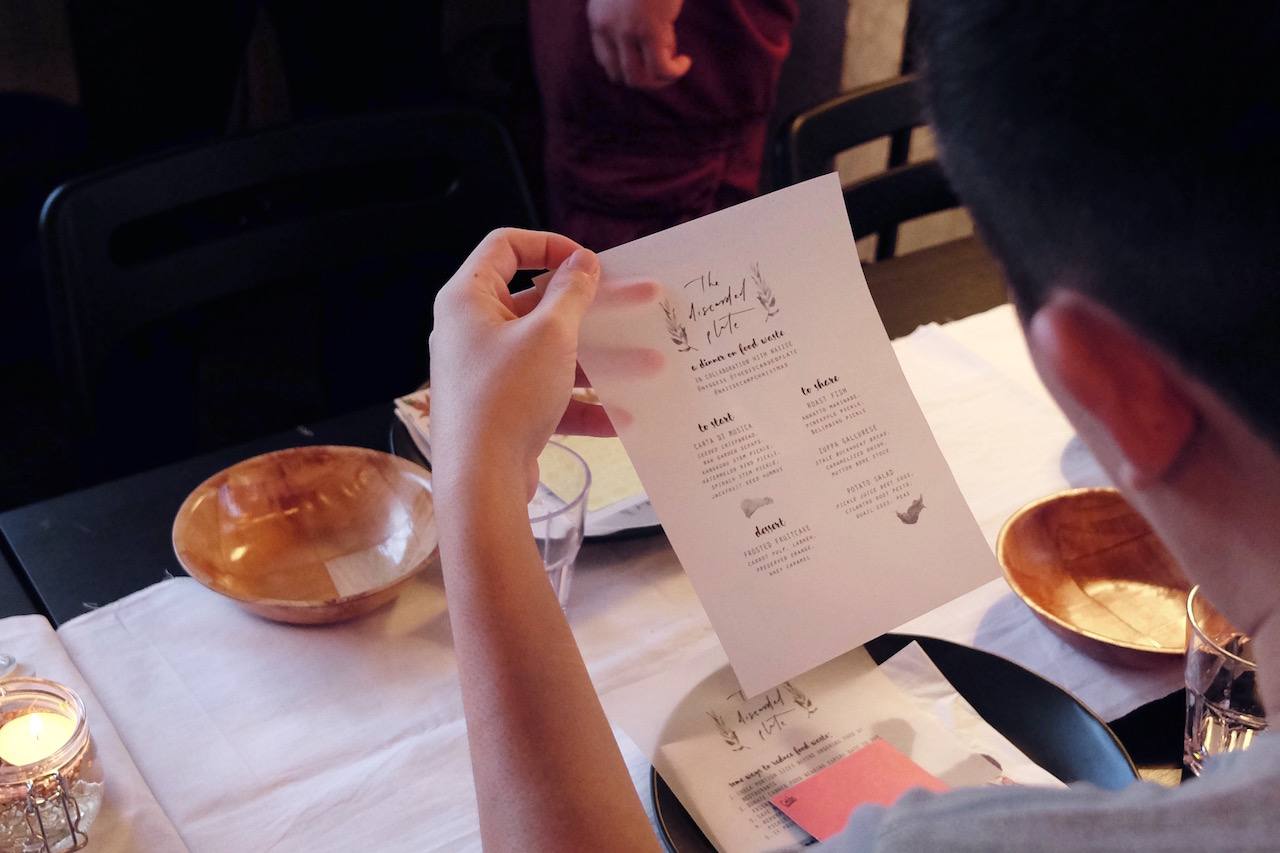Image credit: cravedujour.com
One of the most abstract things to grasp about food waste is how it really affects us.
We know it’s bad because people are starving elsewhere. But did you know that in 2014 alone, each Singaporean discarded about 145kg of food, and that our region is responsible for 40% of global food waste? Or that food waste is a major factor in causing the yearly haze crisis, and is partly responsible for increasing food prices (up by 42% over the past 10 years)?
The truth is, most of us don’t think twice about dumping leftover pasta, so it comes as no surprise that we don’t know the real cost of throwing food away.
the ingredients revolve around the things that are most commonly thrown away
At a recent dinner on the 7th floor of 66 Kampong Bugis—a building hosting a mix of businesses from a roast joint to a floating therapy club—it wasn’t obvious at all that food waste was the theme of the night. As guests arrived, they were welcomed with fermented beverages like a pink guava and jambu kombucha and a passionfruit and pineapple core water kefir.
Hues of orange bounced off plates and cutlery as the sun set in the distance, and shortly after, plates of pickled watermelon rind, raw greens, seeded crisp bread and jackfruit seed hummus began to make their rounds.
If some of these dishes sound a little exotic, it’s because the ingredients revolve around the things that are most commonly thrown away, from the cores of fruits to the stems of vegetables like Kang Kong and spinach—in local stir fries, only the leaves are used.
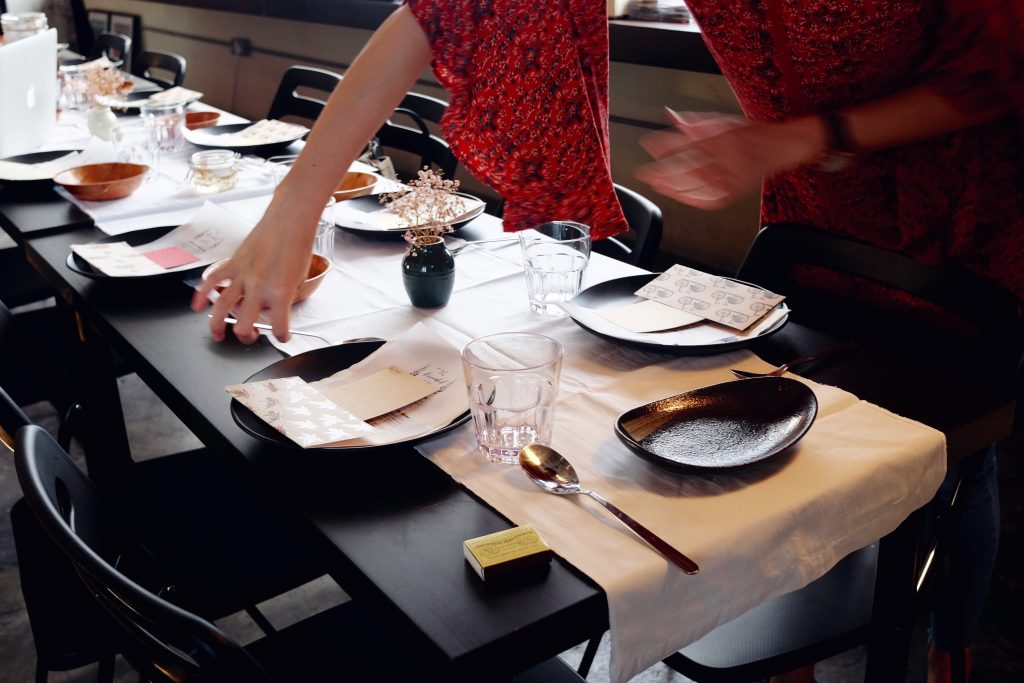

An hour later, after a roast fish marinated in annatto seeds and a roast pineapple pickle have descended, 31 year-old Alexius Yeo steps up to talk about the first time he killed a chicken.
“For those who have never done this before, the best way to do it is actually to slit the throat,” he begins. “Because if you behead it you end up severing the spinal cord, which I guess is really painful.”
He says this with a subdued measure of glee, which can seem a little disconcerting. He goes on to tell us how this chicken was one of a batch he had reared himself to experiment with using the chicken’s diet to influence its taste.
The bigger point is, that having lost touch with growing our own food, we no longer know what its worth. We don’t grow our own food and hence have no firsthand experience of bad harvests and scarcity. We don’t realise that the perfectly symmetrical fruits we get in supermarkets are not accurate representations of nature, that up to 33% of agricultural products are thrown out because they don’t look “nice.”
Because we pay for our food, eating is reduced to a straightforward transaction.
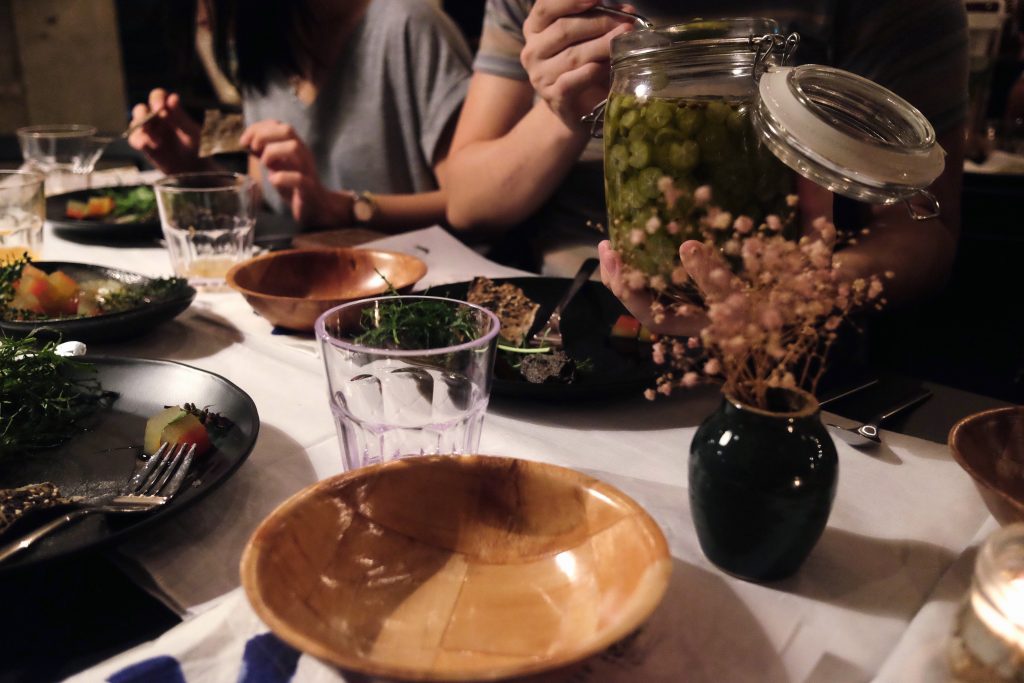
Today, Alexius is most widely known for running Project 33, an urban farm project that resides within the compounds of his own home. Once an ornamental garden, everything here is now edible. When I drop by on a Saturday morning, he welcomes me with toast and a home-made herb butter. While the recipe is a secret, all of its ingredients are locally grown, including a local varietal of dill.
“Because food is such a pivotal component of building our relationship with nature and with one another, food is always part of our workshops and events for Project 33,” he says.
Essentially, Alexius is an urban farmer. But his own company, Carbon InQ, is built on his personal passion: Education. At the moment, he is involved in work with a wide range of clients, from working in his neighbours’ gardens to a project with the National University of Singapore. He’s even received enquiries to do work for people who own resorts in Shanghai.
“A lot of people tell me that their plants always die,” he tells me. “But environments are different everywhere, from soil composition down to the mini ecosystems. So if we all knew about these things, we could all technically become farmers.”
I can’t tell if he means the last part as a joke.
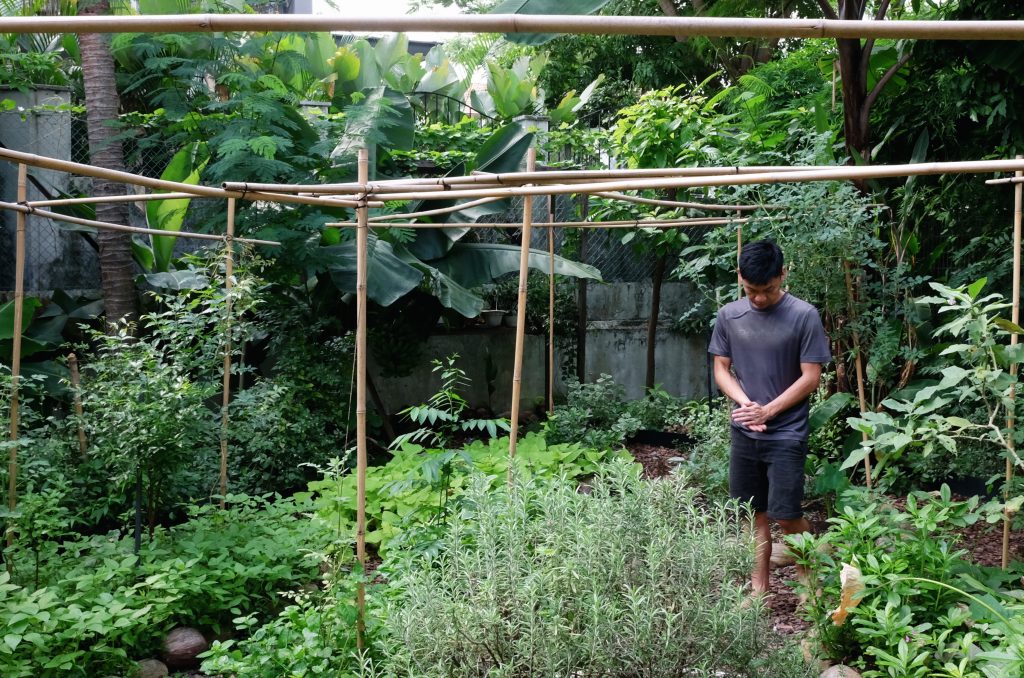
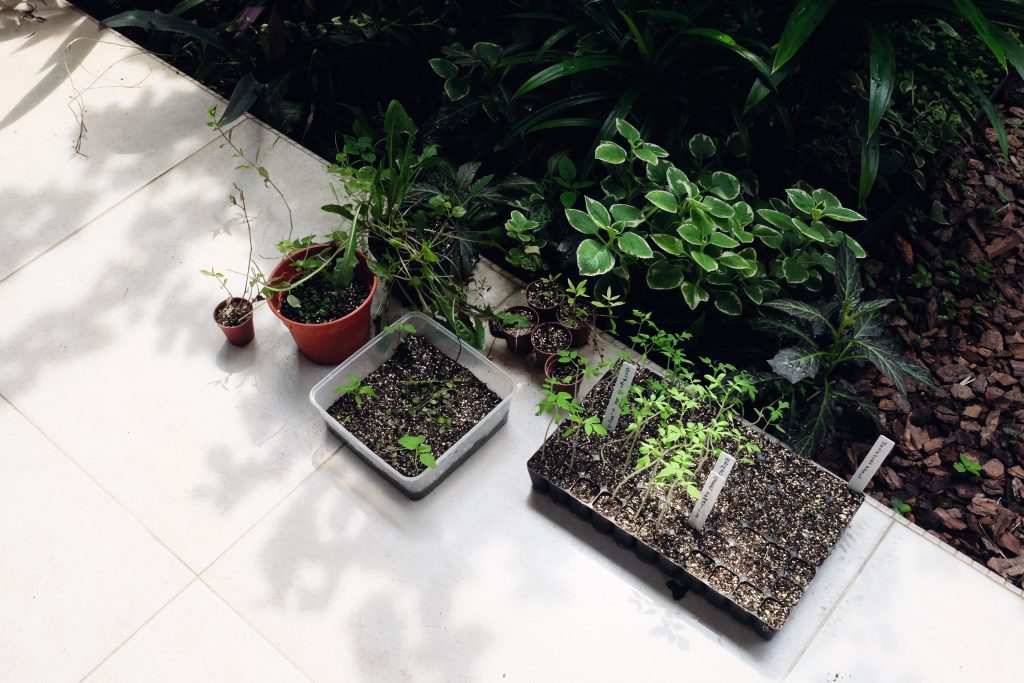
The dinner that Alexius is speaking at is organised by Hygge, a community in Singapore that brings people together about 2 to 3 times a year to engage with social issues over food. It is inspired by the concept of the supper club, and while these meals are meticulously curated and accompanied by adventurous dishes, they’re meant to make us think. Seating is randomised so everyone meets someone new, and every Hygge dinner takes on a different topic.
For Hygge’s founders, Pam and Wex, the community’s objectives echo Alexius’ sentiments that when people come together and build friendships over real issues, cooperation and leveraging of talents (and resources) make seemingly impossible projects possible. Quoting Jonathan Safran Foer, they point out that nothing “establishes friendship so forcefully as food.”
That night, all proceeds from the dinner went directly to The Food Bank Singapore.
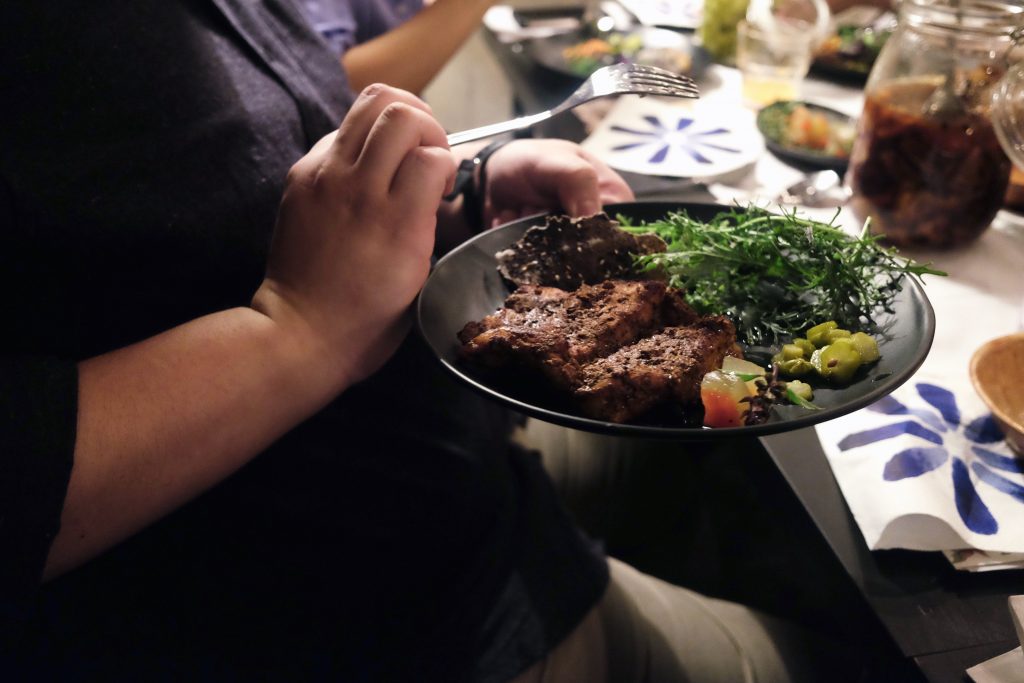
For most of us who are Asian, food is the glue that brings friends and family together. Because we love eating so much and we want variety, we tend to over-order. In Singapore, the overall recycling rate of 60% is also highly publicised, which can make us feel less responsibility to recycle.
But the problem is also more complex than that. At home, all our rubbish goes down a chute or in a bin outside the house. We don’t see where it goes. When eating out, servers regularly ask if we’re done with our food. A nod and a murmur later, the food disappears, along with any guilt we might have had about throwing perfectly edible food away. Sometimes, the problem is also that at a lot of mid-priced restaurants in Singapore, the food tends to be not very good.
As 2016 draws to a close and eating takes centerstage like it always does, it’s as good a time as any to reconsider the way we we eat. And in case anyone is curious, feeding your chicken lemongrass does actually make it taste like lemongrass.

